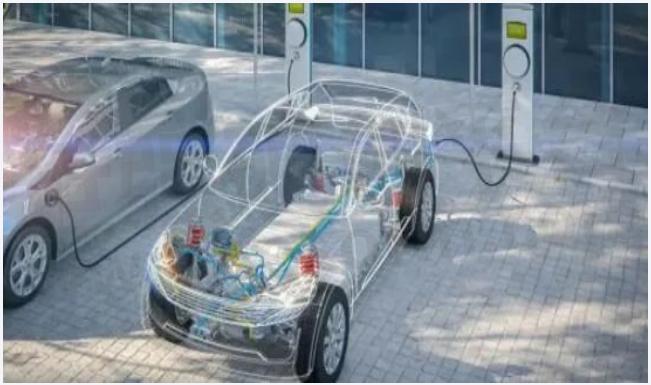Summary of Three Common Fault Modes in Automotive Connectors

"Prioritizing safety has always been the foremost consideration for consumers when it comes to the quality of automotive products. This automotive manufacturer places particular emphasis on the safety and quality of its manufactured products.
A complete car is composed of numerous components, with an average small car having over a thousand connection points. More than half of these connection points are utilized in critical power distribution functions. Furthermore, given that automobiles frequently operate in increasingly harsh environmental conditions, such as temperature fluctuations, operational vibrations, frictional corrosion, and oxidation, the selection of performance and stability in automotive connector products by manufacturers becomes exceedingly crucial.
There are numerous instances where electronic connector component failures have resulted in serious consequences during vehicle operation. Therefore, it is essential for both automotive manufacturers and connector suppliers to have a thorough understanding of the physical or mechanical phenomena in the environment that may affect connector performance."

To assess the stability of connectors, most connector manufacturers implement rigorous testing procedures to track potential failures in Automotive Connectors.
Through the integration of big data analysis, the majority of connector failures in reality can be summarized into the following three failure modes:
Connector Frictional Corrosion Failure
High humidity, corrosive gases, and intense vibrations are the main causes of electronic component oxidation and frictional corrosion, constituting the three major conditions leading to automotive connector failures. These environmental factors can significantly impact the tin and lead-tin contact surfaces, with 90% of electronic connector surfaces falling into this category.
Connector Electrical Failure
Issues with the connection between cables and terminals are one of the primary causes of warranty claims and failures in automotive connector systems. In automotive wiring systems, crimping is a widely used method to attach terminals to cables. This process has proven to be reliable and, compared to soldering, is more cost-effective and easier to implement while enhancing crimping reliability.
Connector Insertion and Extraction Failure
Improper insertion and extraction of connectors during vehicle wiring assembly in manufacturing plants can lead to connector product failures. To address this issue, electrical design engineers often develop various connector locking mechanisms. Another approach is to utilize an insertion and extraction aid device to streamline the connector product assembly process and reduce failure rates. The gradual adoption of AI (Artificial Intelligence) in manufacturing plants can further mitigate insertion and extraction failures.
Disclaimer: This article is excerpted from a submission to the Automotive Connector Network by the contributor Django. The views expressed in this article are solely those of the author and do not represent the views of Kinghelm or the industry. This article is for reproduction and sharing purposes only, in support of intellectual property rights protection. Please indicate the original source and author when reproducing. If there is any infringement, please contact us for removal.
- +1 Like
- Add to Favorites
Recommend
- Electrical Contact Reliability Design of Automotive Connectors
- Analysis of Reasons for Electrical Contact Failure in Automotive Connectors
- Automotive Connectors: The Key to Vehicle System’s Reliability and Innovation
- Insulation Failure Analysis of Automotive Connectors
- What Are the Points to Consider When Choosing an Automotive Connector?
- Common Automotive Connector Types and How to Use Them
- Application of FPC/FFC Connectors in Automotive Industry
- Hosiden Strengthened Sales of MIPI A-PHY-supported Automotive Connectors and Harnesses
This document is provided by Sekorm Platform for VIP exclusive service. The copyright is owned by Sekorm. Without authorization, any medias, websites or individual are not allowed to reprint. When authorizing the reprint, the link of www.sekorm.com must be indicated.





























































































































































































































































































































































































































































































































































































































































































































































































































































































